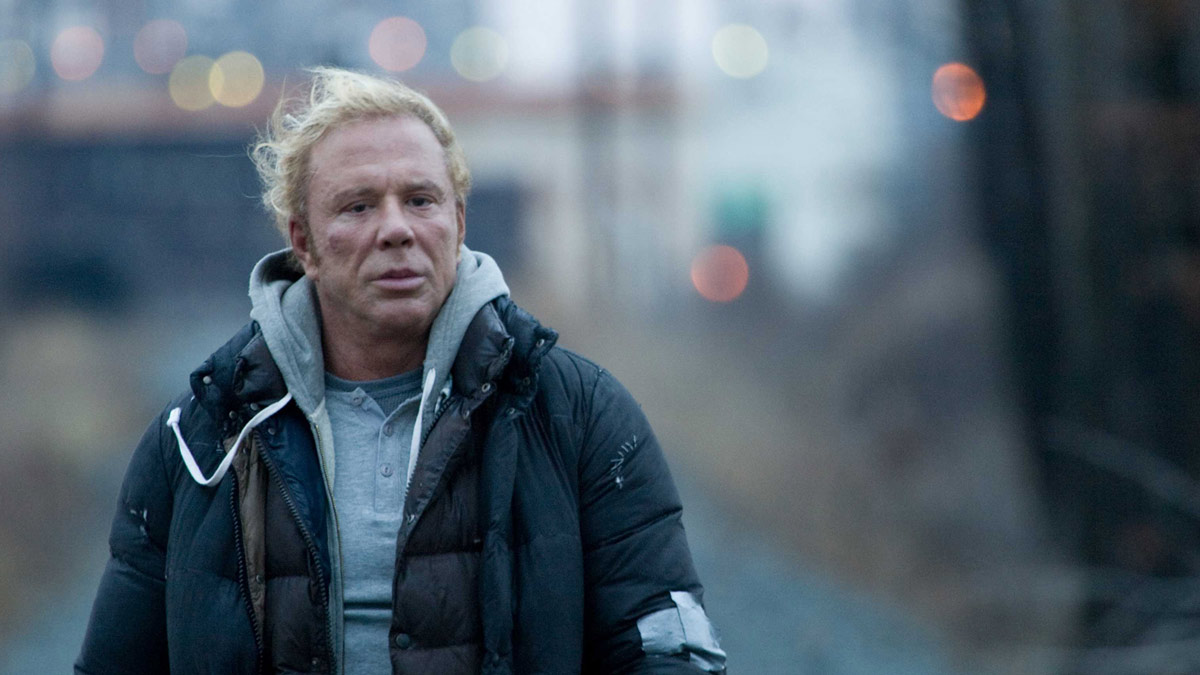
(C)2008 OFF THE TOP ROPE, INC. AND WILD BUNCH.
The genius director The Wrestler takes on the challenge of making a semi-documentary film that captures the main character of “The Wrestler”, Randy-Mickey Rourke, as he is.
2020.08.02
A “non-condemning perspective” following the Dardenne brothers
Randy (Mickey Rourke), who lives alone in a trailer house, is an active professional wrestler. However, he is middle-aged and injured, and after years of taking steroids, he suffers a heart attack and is told by his doctor not to participate in matches. Randy once tries to retire, but he is a useless man who can't do anything outside the ring. His work and family relationships are not going well. He can only live in the ring. Randy prepares himself for death and prepares for his comeback match, but...
The goal is to properly convey to the audience the pain of the main character, who may seem glamorous at first glance, but is actually a socially disadvantaged person. That was the theme of this work. If this is not communicated, catharsis will not come. To achieve this goal, director Aronofsky decided on the look of the film. It is a semi-documentary style.
Take long takes to make sure everything is real. The director avoided the excessive camera work, lighting, art, editing, etc. that he had used in the past, and tried to portray Randy and his friends as if they were really alive.
"The Wrestler" trailer
For this reason, he approached a cameraman with whom he had no prior contact - Maris Alberti, a veteran female cameraman. There are very few female cameramen based in the American film industry. Furthermore, she did not attend film school, but instead worked as a stills cameraman for pornographic films before making her debut as a movie cameraman in the film industry, a very unusual career path. In addition to feature films, she also worked energetically as a cameraman for documentary films, and her background led to her being in charge of Todd Haynes's "Poison" (1991) and " Velvet Goldmine " (1998).
Looking for a cameraman who could equally understand documentary and fiction, director Aronofsky approached Alberti, and the project began very smoothly.
The two referenced the works of the Dardenne brothers. He is a master who continues to make films in a semi-dualistic style, with the theme of ``invisible people left behind by society.'' He won the Palme d'Or twice at the Cannes Film Festival for `` Rosetta '' (1999) and ` `A Child ' ' (2005) . (11), he became the first film in the history of the Cannes Film Festival to win five consecutive major awards.

“The Wrestler” (C)2008 OFF THE TOP ROPE, INC. AND WILD BUNCH.
Perhaps because of this, there was no storyboard or lighting on set for this film, and the cameraman carried a 16mm film camera to follow the actors' improvisational performances. As a result, this method led to budget cuts. However, as this film does not use standard film direction, there is a risk that it will turn out to be a bad movie unless the script, actors' performances, and editing are excellent. Even so, the reason why he stuck to this method is probably because he wanted to stay close to the main character in long takes and stick to his mental image and depiction of the environment.
One of the reasons why the Dardenne brothers continue to be praised is because of their ``non-judgmental perspective.'' When portraying the socially disadvantaged, the perspective is to not simplify the world based on values such as good and bad or self-inflicted results, but to show the world as it really is. This is followed in this work as well.
He succeeds in bringing the story to a close by portraying the special equipment that is professional wrestling as it really is, and by exposing the life of the main character, Randy, and by extension, Mickey Rourke.

